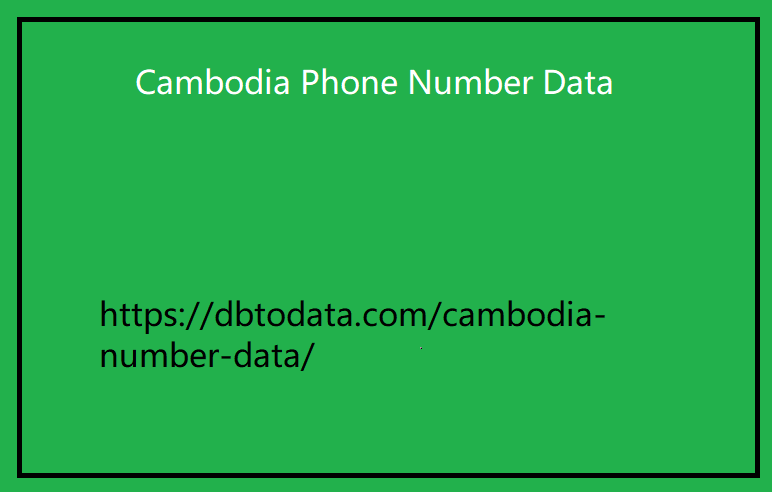|
|
There are various skeptical opinions regarding the usefulness of personas , which have been widely used in marketing, product planning, and software design . Recently, as the number of people interested in the Jobs To Be Done (JTBD) framework has increased, these two frameworks are often compared among those who want to accurately define and describe target consumers. However, these two frameworks do not replace either one, and it is difficult to do so, so in reality, I think it has become important to understand the pros and cons of each and select appropriately according to need, or to use a combination of the two. Persona Framework: As we all know, personas are a framework that has been around for quite some time. Persona refers to stereotyping consumers belonging to a target market segment and is often mistaken as originating from the fields of advertising and marketing.
However, persona was actually coined by software designers in 1988 when Alan Cooper of Microsoft was concerned about Cambodia Phone Number Data user-friendly interfaces for computers. It started by proposing a method of prototyping system users based on their purpose of use so that users of the created system could easily understand their usage goals. Like any tool, personas can be used successfully or incorrectly. In fact, many designers after Alan Cooper have not used personas properly. solely on demographic factors rather than needs, behavioral traits, and context. Conversely, some have hired research firms with deep knowledge of social culture to conduct field research on target markets and consumers to provide solid insights to define personas. However, because the product development teams of most companies cannot wait for the results of this field research to come out and proceed with development, research reports are always buried without having an impact on product and design selection.

A typical persona template: Five limitations of the Persona Framework: Oversimplification: Personas oversimplify the complex behaviors and needs of your customers. This makes it unable to reflect the various behavioral patterns or situations of actual customers. Providing unnecessary data: Personas have a tendency to provide unnecessary or irrelevant data. This data does not provide any practical help in product development or marketing strategy. Abstracted customer behavior and needs: Because personas abstractly express the actual behavior or needs of customers, it is difficult to provide specific guidance to product development or marketing teams. Difficult to use in practice in organizations: Personas are often not accepted within organizations because they do not accurately reflect actual customer behavior or needs.
|
|